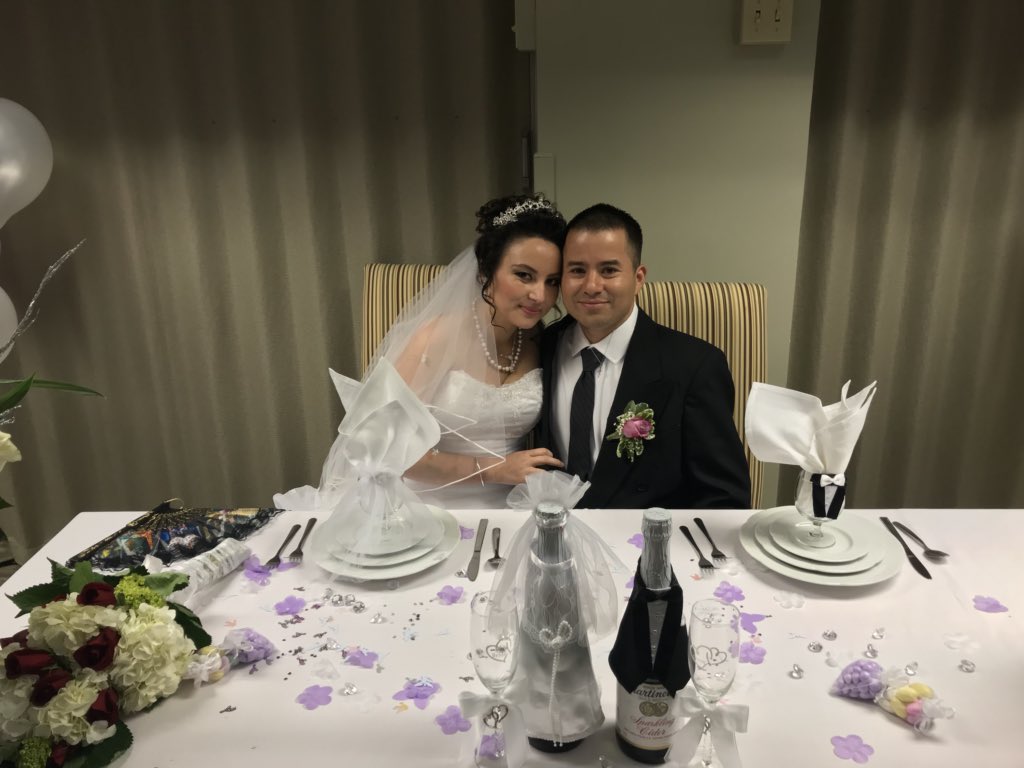
Brodmann:
and Friederici (language): physiology.org/doi/pdf/10.115…
(sidenote - Finnish is great: )
umich.edu/~cogneuro/jpg/…
stefan-koelsch.de/papers/Koelsch…
researchgate.net/profile/Daniel…
(🎶@kaelarowanband)
counselorforteens.com/wp-content/upl…
s3.amazonaws.com/academia.edu.d…





